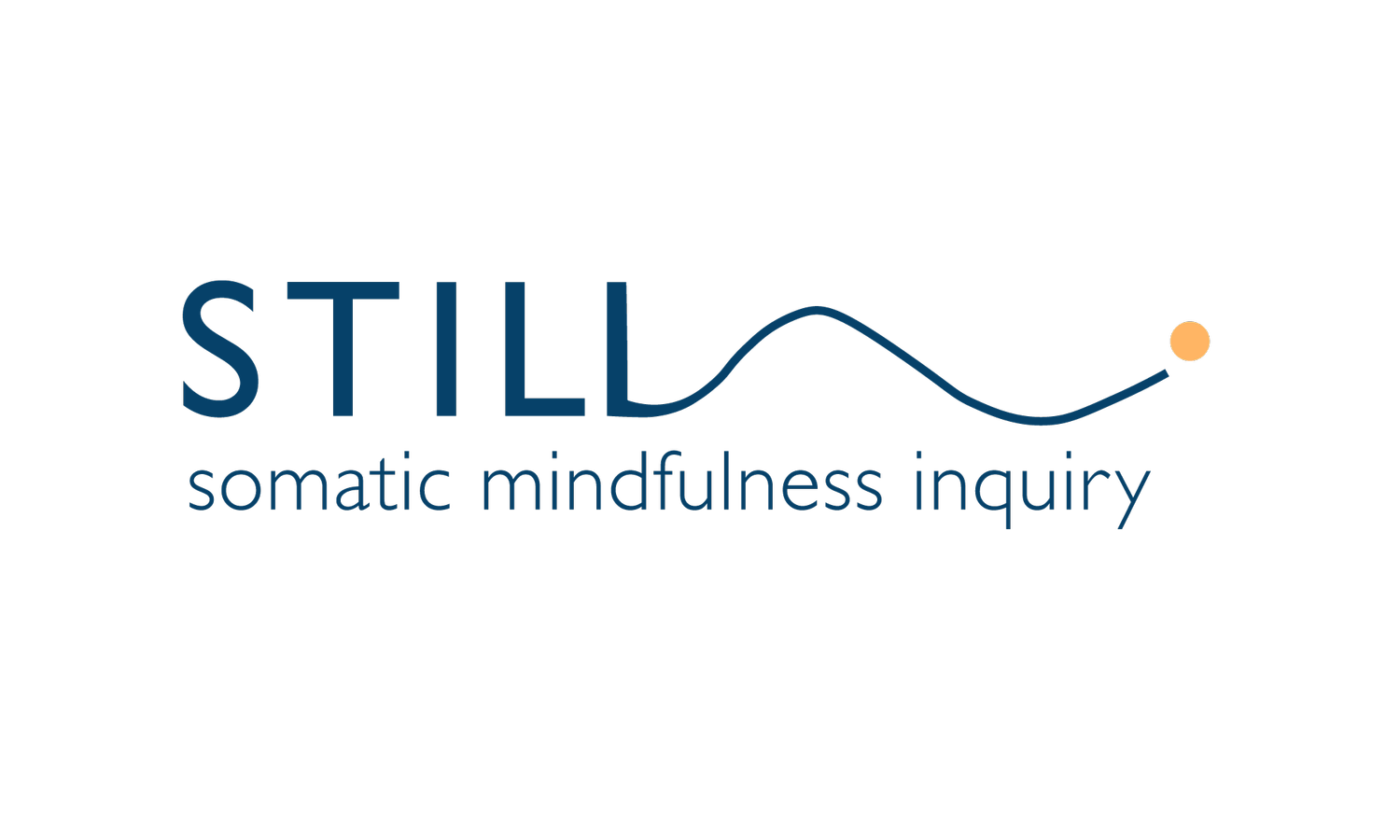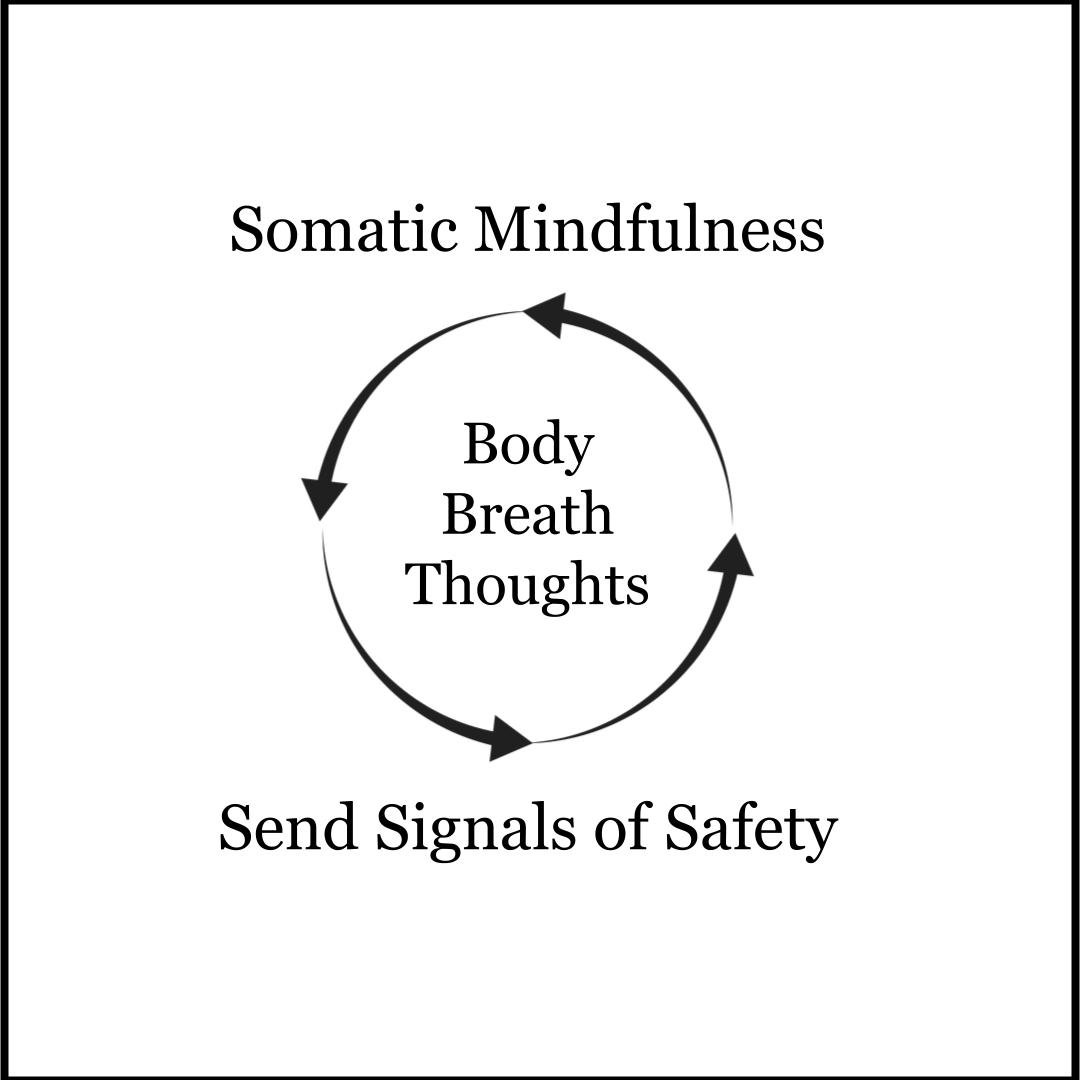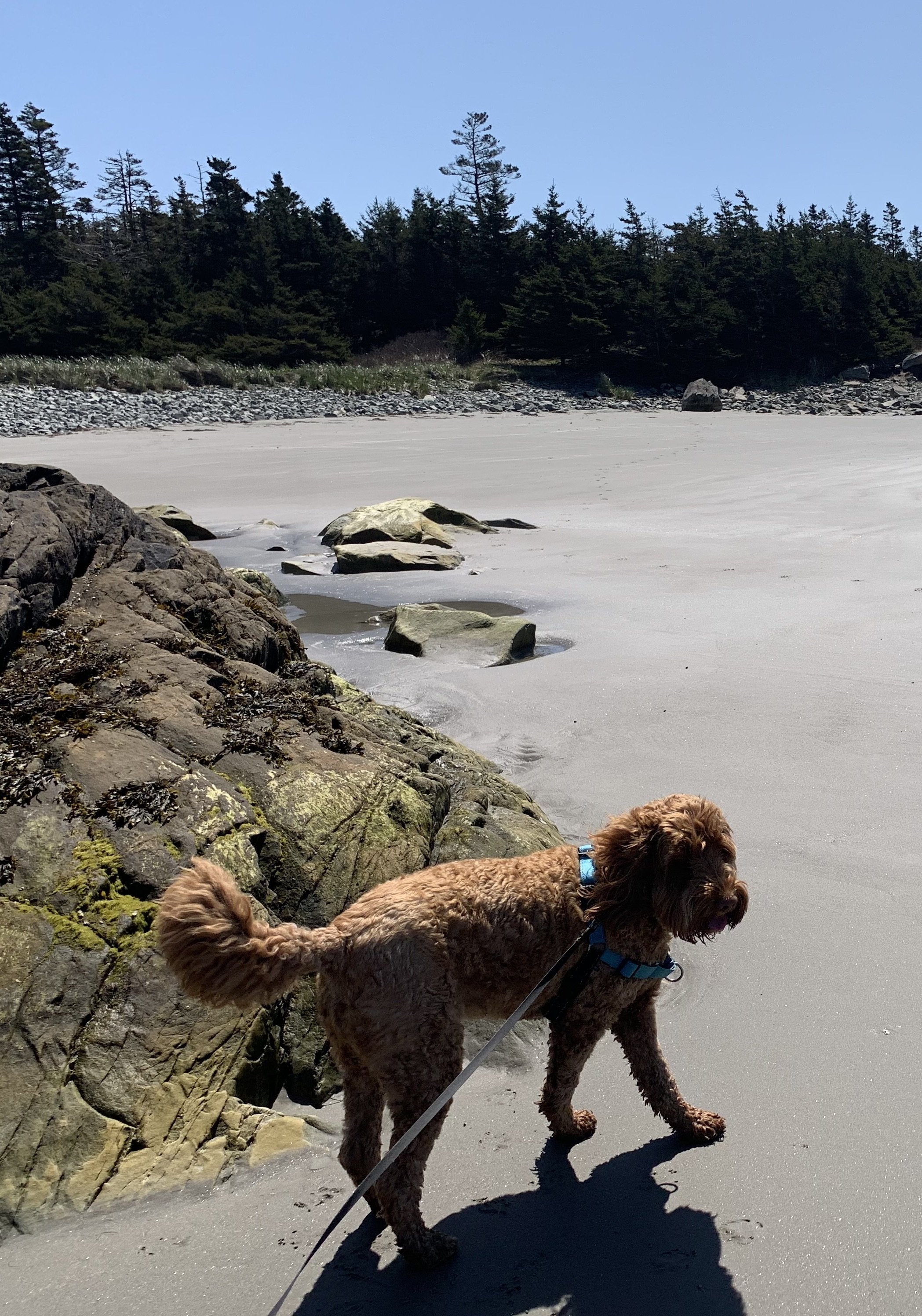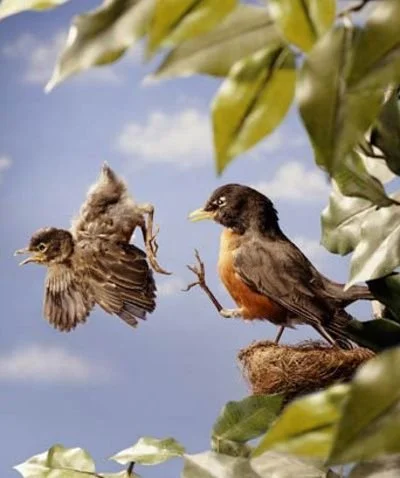Emotional Regulation in Community
I am listening with the intent to get to know someone
I am listening somatically to more deeply know myself
I listen to understand, not in preparation to respond
I will remain aware of where I am on the polyvagal ladder and come back
Low Vigilance Relationships
Do you cycle between thinking “it’s not so bad” and “this isn’t working, I need to go”? Maybe you are pretending to yourself that they can and want to change. Just because you treat people with respect and try to be kind, does not mean everyone has that value or the capacity.
Parentified Child
We learn to read our parents because our survival depends on it. Codependency is emotional. I’m very worried about what you’re feeling. I take responsibility for your feelings and try to cajole you into a better mood because my survival depends on your good will towards me and I need your protection.
Survival Responses and Boundaries
People who are not emotionally regulated are less likely to respect boundaries. When we are not emotionally well regulated, we are less likely to respect the boundaries other people set, and are less able to set and maintain our own boundaries.
Welcoming All Of Ourselves
Who gains when we hate our bodies and believe we are broken? People who make money from our self-hatred. Seeing the roots of this pervasive conditioning more clearly, we can take steps to heal.
My nervous system is not convinced it is okay for me to “be here”.
Where Do You Have Agency?
We can sharpen our neuroception and we can build strength and resilience. We can continue to bring compassion and kindness to our relationship with ourselves. From this strong foundation, we can act.
Energy of Our Thoughts
Most troubling thoughts are generated by the nervous system trying to keep us safe.
The main practice of working with witnessing thoughts is to increase the accuracy of our perception of the safety and danger in our present moment situation. We learn about how thought works generally and our own patterns specifically.
Why Is It So Hard To Be In Our Body?
Somatic Mindfulness works with our body as it signals danger through sensation. We listen to our body to learn:
When did I tighten up and why?
What specifically was happening at the time that I perceived as a threat and that activated hypervigilance?
Can I stay present in my body and with my breath?
Can I stay connected with myself, maintain self-regulation, and awareness of my adult self?
Somatic Mindfulness
What are you signaling to your nervous system through your body, breath and brain?
As you move through your day, keep some attention on your body and breath. Tension in your muscles or holding your breath will alert you to your nervous system signals, and you can use grounding and orienting practices to come back.
Wild Heart Living
What part of my wild heart do I hide from myself? Where do I put on the brakes and not let myself know and have what I really want?
What part of my wild heart do I hide from others? Where am I trading authenticity for inclusion? Why? Is this as necessary as it once was?
Armor up!
Our trauma history has taught us that vulnerability is dangerous.
In the face of violence and oppression, our soft front can be a liability. We struggle to find a place emotionally and physically safe enough to be vulnerable.
Our armor is keeping us from growing and being authentically ourselves. Vulnerability involves uncertainty, risk, and emotional exposure.
Strong Back Decision Making
I can tolerate disappointing people
What happened in your body as you read these words? I felt a heaviness in my chest. I took a deep in breath and a long exhale and softened my neck and shoulders.
Two months ago I made a big decision. I had been thinking about it for awhile.
Strong back, soft front, wild heart
We can spend our entire live betraying ourself and choosing fitting in over standing alone. But once we’ve stood up for ourself and our beliefs, the bar is higher. A wild heart fights fitting in and grieves betrayal.” Brené Brown
Our Unwanted Parts
I find this to be an ongoing process and sometimes a lot of memories and judgements come up. We feel grief and regret for what we did and didn’t do in the past and for what we’ve lost. This takes time to process and to feel. Kindness and compassion are the only antidote to shame. We need to welcome ourselves back into our own open heart.
Practicing Peace
If we learn to open our hearts, anyone, including the people who drive us crazy, can be our teacher. We can use our difficulties and problems to awaken our hearts.”
When we feel threatened and go into a survival response, we strike out for protection. We don’t actually want to make it worse, but this is a hard pattern to avoid.
Pema has a suggestion. “We wonder how other people are doing and reflect on how our actions affect other people’s hearts.”
I am a Sadhaka
“Interrupting our destructive habits and awakening our heart is the work of a lifetime. Sometimes when things fall apart, that’s the big opportunity to change.” Pema Chodron
Thrown Out of the Nest
“To be fully alive, fully human, and completely awake, is to be continually thrown out of the nest.” Pema Chodron
When you are reading signals of danger, pause - who and what is alarming you?
Is there a clear and present danger and do you need to take action? If not, resist the urge to go into fight/flight/freeze and stay with it to inquire.
Ayurveda and the Mind
Our way of life breeds unhappiness. Ayurveda teaches harmony with nature and how to live in a state of balance. This requires changing how we live, think and perceive.
As we learn to use the mind like a tool, we stop being dominated by impulses & conditioning. We are able to go beyond the mind into the stillness of Consciousness itself.
Balancing Our Doshas
I’ve organized this step of understanding and applying Ayurvedic principles specific to balancing our doshas into three areas: pranayama, abhyanga (self-massage), and nutrition. You might be inspired to try one thing from each area or focus on one for awhile to see what happens.





















